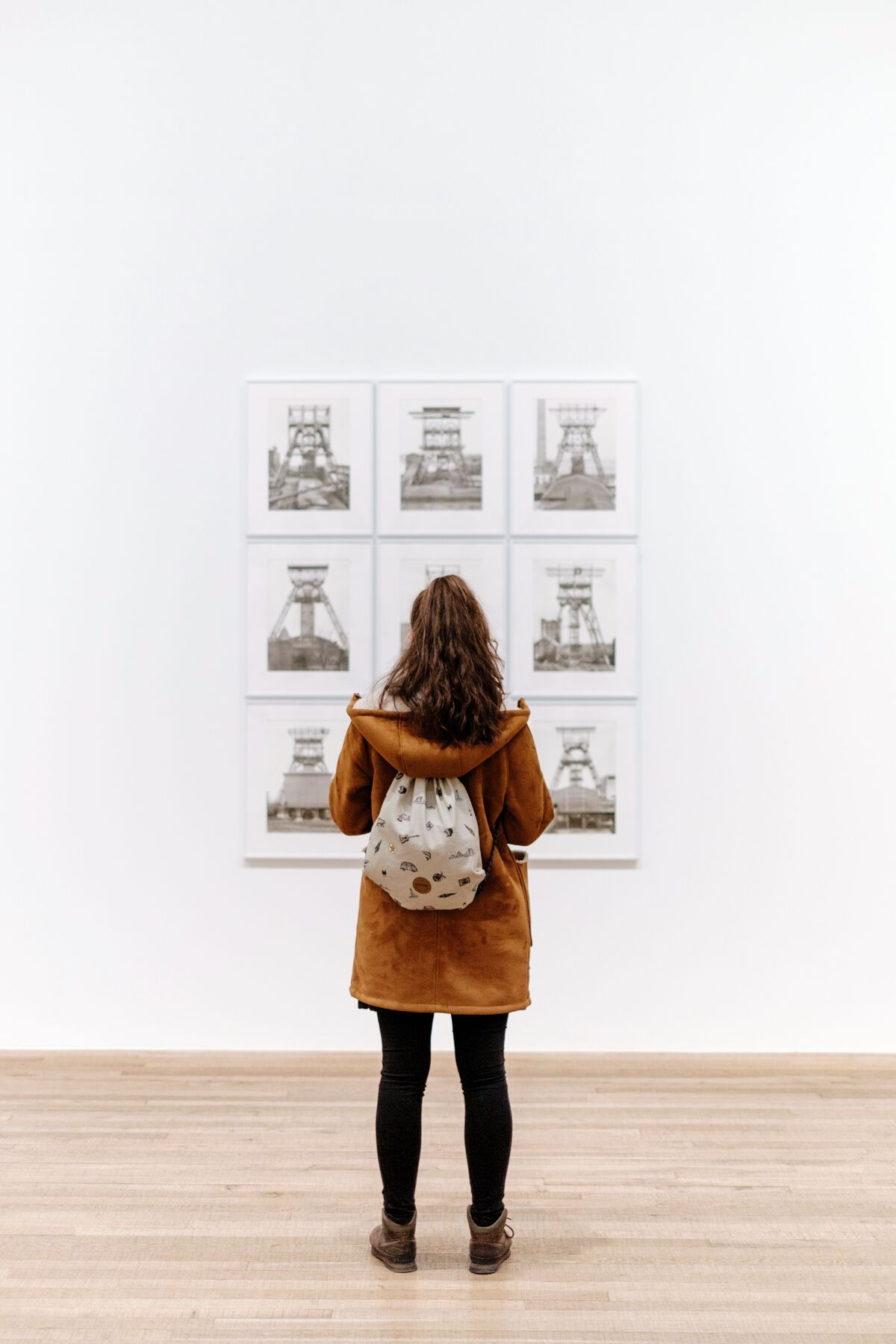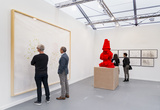Art Market
How to Start Collecting Art in Your 20s

Photo by Samuel Zeller.
For many people in their twenties, art collecting can seem like a far-off pipe dream, the preserve of the older and wealthy. Millennials, after all, don’t typically make oodles of money: The average income for college graduates was just under $50,000 in 2017. While that’s a 3% increase from the prior year, student debt levels and the cost of living in job-creating urban centers are continuing to rise as well.
But the art market isn’t all $450 million Leonardo da Vinci paintings and snooty evening auctions, and many in the industry are taking steps to lower barriers to entry and bring in newer collectors, including young people.
“The misconception that art is only for the wealthy is my pet hate,” said Paul Becker, the founder of Art Money, which provides no-interest loans to art buyers. “There is such a rich ecosystem of quality and value beyond the obvious and expensive tiers.”
Around 10% of those using Art Money are in their twenties, Becker said, with many of them falling into a group he called “creative professionals”—people working in fashion, design, publishing, marketing, and other similar fields.
Art Money, which Becker founded in 2015, allows collectors buying in the United States to borrow anything between $1,000 to $50,000, and pay it off in 10 monthly installments, while taking the work home with them on the day they pay a 10% deposit.
Collectors in their twenties can also check out lower-cost mediums like works on paper, photographs, and smaller artworks generally (although “lower” is still relative, of course). And they can avoid sticker shock by knowing how much they can afford to spend, and sticking to that budget, even if they fall in love with a work.
“The hardest thing is the budgeting—balancing how much you want the piece and how much it costs,” said Neil Hamamoto, an artist and collector. He began buying art in earnest a few years ago, partially using savings from his previous life in San Francisco working in tech while still sticking to a budget that made sense for him. He’s now 24 years old and has a collection of around 10 works varying in size by artists including Josh Sperling, Chris Burden, Tom Sachs, and Robert Moreland, along with two small works by Jeff Koons and Yayoi Kusama.
Hamamoto acknowledged that even if one has the resources with which to collect, wall space can be a challenge, especially in New York City, where Hamamoto lives. The apartments are usually small and rents are high. “If you want to buy something big, you better have a nice wall waiting for it,” he said.
Resource and space constraints aren’t the only barrier to entry. New collectors also have to discover their likes and dislikes, and know where to find and buy the art they enjoy. Auction houses, which hold free and public previews of their high-profile sales, are a fun place to see works up close, as are, of course, museums themselves, art galleries, and commercial fairs, said Emily Kaplan, head of Contemporary Curated at Sotheby’s.
“Every season, there are more and more young people coming in to see the auction previews,” Kaplan said, although young buyers still make up a relatively small share of buyers at live auctions.
But Kaplan pointed out that Sotheby’s did away with buyer’s premiums for online-only sales this summer, one way the traditional auction house is appealing to younger buyers. At online auctions, work can sell for as low as a few hundred dollars, well within the budget of younger collectors.
“That can be a surprise to a lot of people who think that if they want to collect art they have to spend tens of thousands,” Kaplan said. And since waving a paddle in a room is not a familiar way to buy for most people, online auctions (think of eBay, where you may have bought a piece of furniture or clothing) can be a familiar first step. Kaplan also noted that presale estimates are just that—estimates. If you see a work you like, you can speak to a specialist, who can give you a sense of the level of interest and whether the price might be lower.
Perhaps most importantly, young collectors can support artists who are also just starting out themselves. Buying the work of an emerging (or even unknown) artist isn’t about bringing home a $450 million trophy for your wall. It is about fostering the career of a young artist you respect and enjoy. “A collection doesn’t need to start with a da Vinci,” as Hamamoto puts it.
So next time you see a work that you like and it fits your budget, “go for it,” Becker said. “Owning a unique creation from the hand of an artist is something you’ll enjoy for a lifetime.”
Isaac Kaplan is an Associate Editor at Artsy.




No comments:
Post a Comment